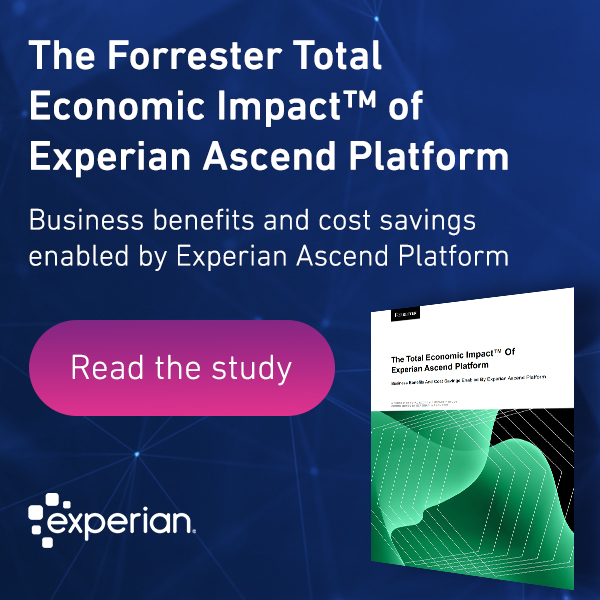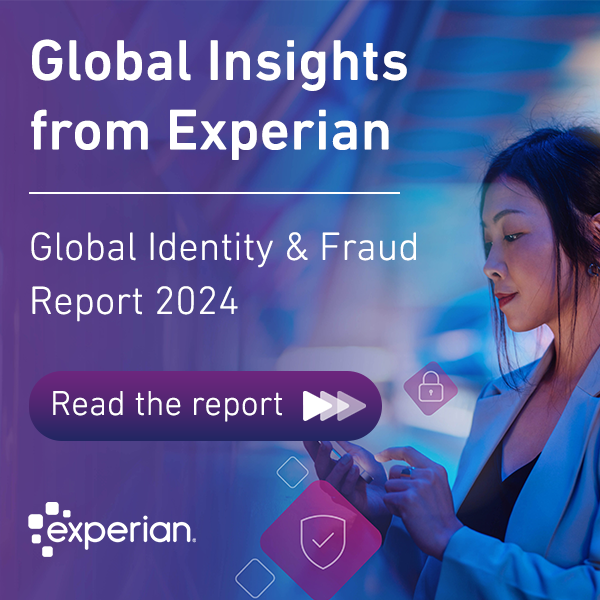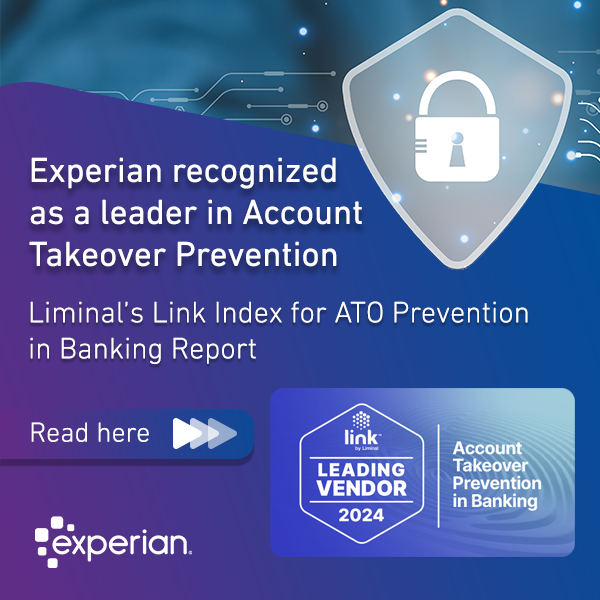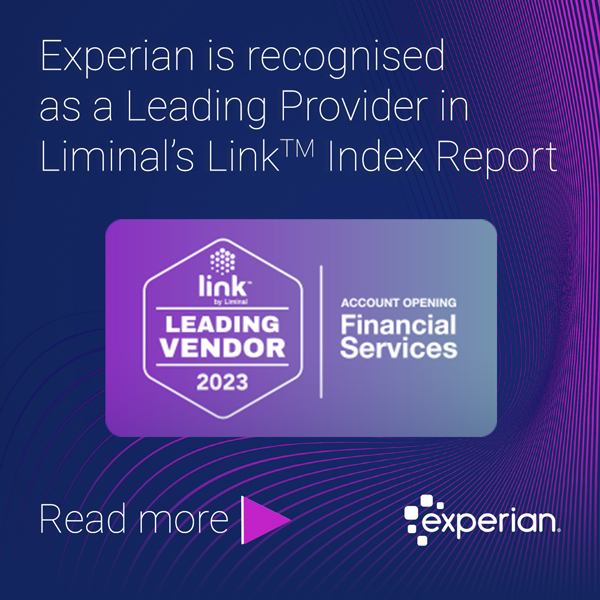 Several months into the global pandemic and we know that general indicators of risk or stress don’t reveal enough about what’s really going on within your customer portfolios. We also know that most institutions heavily use statistical models in identifying and capturing risk drivers in order to make decisions. Active model calibration in current circumstances can have a measurable effect on approvals and expected loss within a few weeks of being implemented. Banks have managed through economic recessions and other stressed scenarios by adjusting various levers for liquidity and risk. None, however, have ever had to predict consumer behavior in a pandemic. How can credit risk executives regain control over disrupted risk models at a time of constant change?
Several months into the global pandemic and we know that general indicators of risk or stress don’t reveal enough about what’s really going on within your customer portfolios. We also know that most institutions heavily use statistical models in identifying and capturing risk drivers in order to make decisions. Active model calibration in current circumstances can have a measurable effect on approvals and expected loss within a few weeks of being implemented. Banks have managed through economic recessions and other stressed scenarios by adjusting various levers for liquidity and risk. None, however, have ever had to predict consumer behavior in a pandemic. How can credit risk executives regain control over disrupted risk models at a time of constant change?
Four key actions to enact now for immediate and sustainable impact:
1. Increase the frequency of model health monitoring
Many of the predictive models that financial institutions rely on aren’t stable enough to handle real-world disruptions. Nor are the models re-calibrated frequently enough to appropriately assess risk in the rapidly changing situation we currently face. Monitoring models on a quarterly basis isn’t enough, but that tends to be the average frequency for most financial institutions.
Increasing the frequency of model monitoring processes and identifying the need for a change in models sooner leads to significant financial impact. Depending on the asset size of the institution and the specific use case, financial institutions can potentially save millions of dollars in lost revenue or avoided credit losses. Automating the process supports an increased frequency of monitoring while requiring less effort from your analytics team.
2. Carry out ex-ante stress testing for your models
Businesses should consider using ex-ante stress testing, in light of the difficulty in maintaining the accuracy of model predictions in changing conditions as well as to meet the heavy governance requirements of new models before their actual use. Traditional ex-post processes are effective in simulating what would have happened historically had a new model been in place. This is an extremely valuable exercise but isn’t very helpful in the current stress environment which is both unique and highly uncertain. Risk managers would like to have a go-forward view on model performance for decisions being made right now, not just a look-back view on decisions made historically. Applying ex-ante stress testing allows us to simulate and analyze a range of possible outcomes based on changing macro conditions, evolving consumer behaviors, and other uncertainties like the quality of underlying data.
3. Make practical, short-term adjustments
We’ve seen in previous economic downturns that models can rapidly become unfit for purpose, and the consequences may not be fully apparent until long after the start of the downturn. In such circumstances, you shouldn’t necessarily attempt to make changes that you expect to be robust for many months into the future. There’s a strong case for making adjustments that are designed to address temporary circumstances and reviewing them at an increased frequency. Some businesses are taking a conservative strategy by tightening their credit policies and decisioning strategies. Other businesses are overlaying their models with certain attributes. For example, one could look at the number of open inquiries in the past 30 days. Since we know that attribute is unstable, we can pair it with an attribute that will give you more population stability – such as average open inquiries over the past 6 months.
4. Setup for rapid re-calibration or re-build of models
The decision to re-calibrate or re-build a model during the pandemic would depend on multiple factors including the business need and model use case, the performance of the existing model, and the confidence in the quality and relevance of data for the model build. However, it is important that financial institutions and other businesses are set up to rapidly update their models. They should be actively working on re-calibrating/re-building their models in a test environment, evaluate the impact, and be prepared to deploy. The ability to rapidly update models will be a key differentiator as businesses compete to grow their portfolios and manage losses during and in the aftermath of this pandemic.
As with many other aspects of our lives, credit risk management is being challenged by the new reality created by a global pandemic. Whether our response is temporary, or whether the crisis is accelerating an existing trend to be more active in model management, we need to react to maximize our portfolio performance.
At the end of the day, none of us have been through a pandemic but we know our models can still work. It’s all about model accuracy and model governance and reducing error rates. By increasing the frequency and efficiency of model monitoring and re-calibration, we can drive business outcomes with more impact than ever before.
Learn more:
For many organizations, navigating and recovering from these volatile times will remain top priorities as they begin strategizing for the future. Get details on accelerating your digital transformation.




